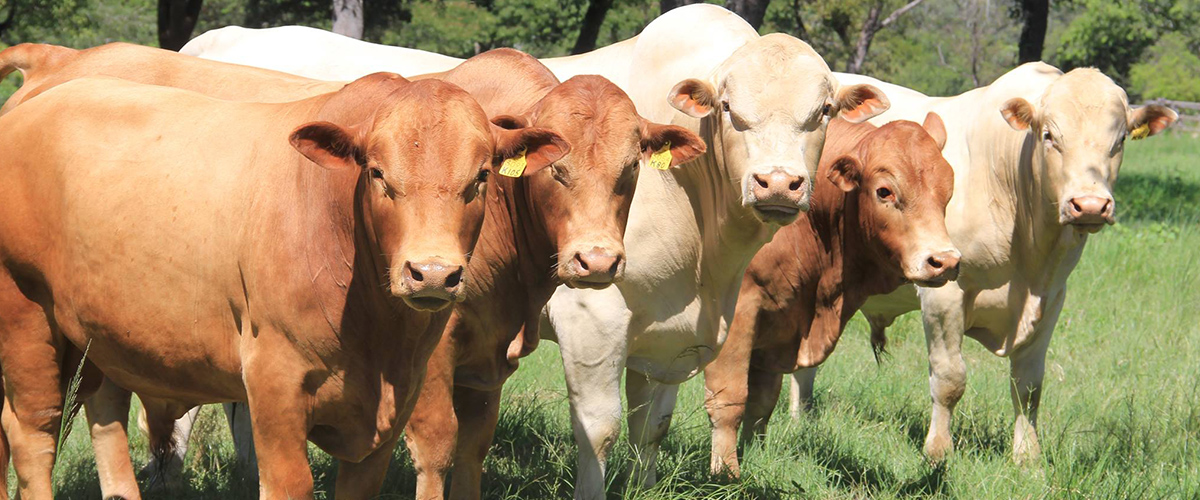Sustainable Development in Agricultural Production within the context of Climate Change: experiences from ongoing UNDP/GEF-funded projects in Botswana
This is a presentation by DR KABELO SENYATSO during the Dry Season Management workshop in gaborone. The presentation hignlights experiences from ongoing UNDP/GEF-funded projects in Botswana
Climate Change
Agricultural Production
Bird
Senyatso, Dr. K. (2017). Sustainable Development in Agricultural Production within the context of Climate Change: experiences from ongoing UNDP/GEF-funded projects in Botswana. BirdLife Botswana







